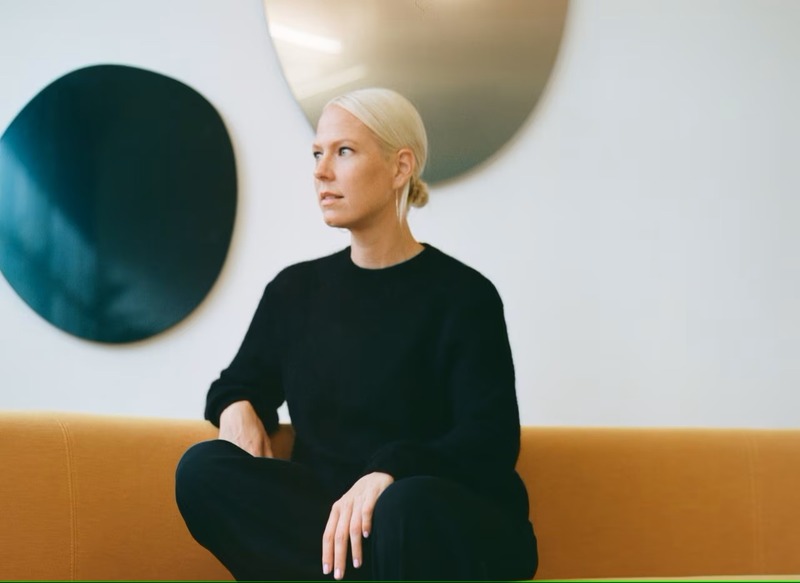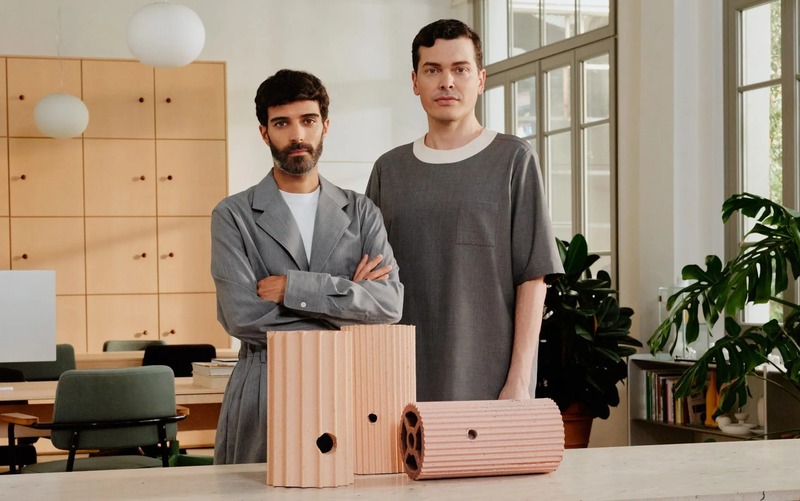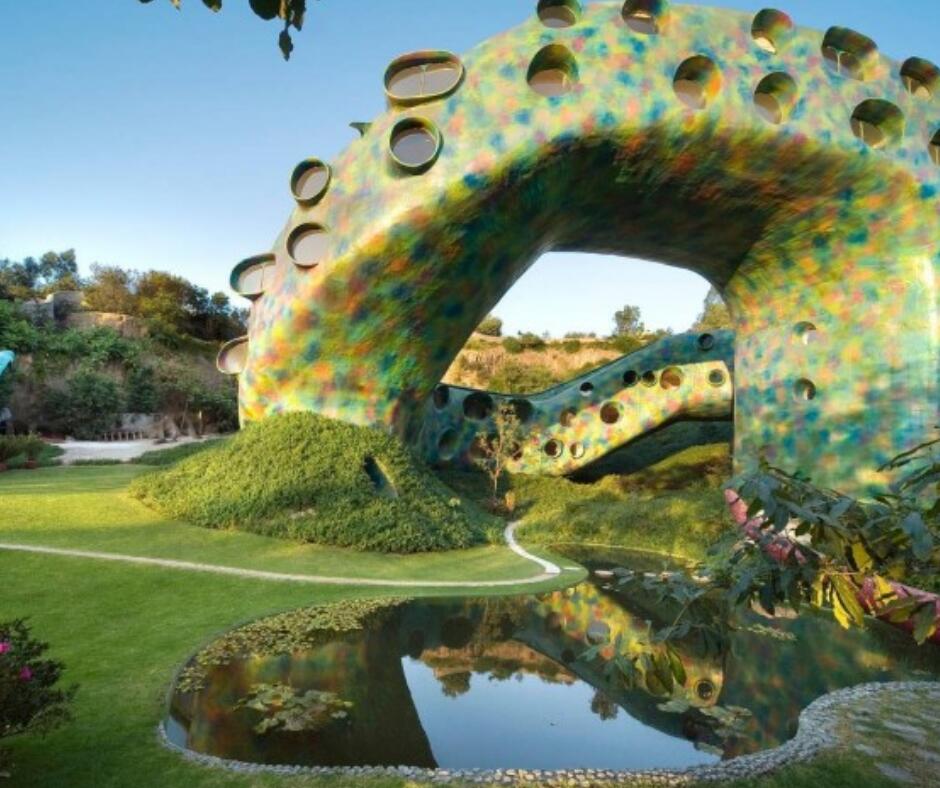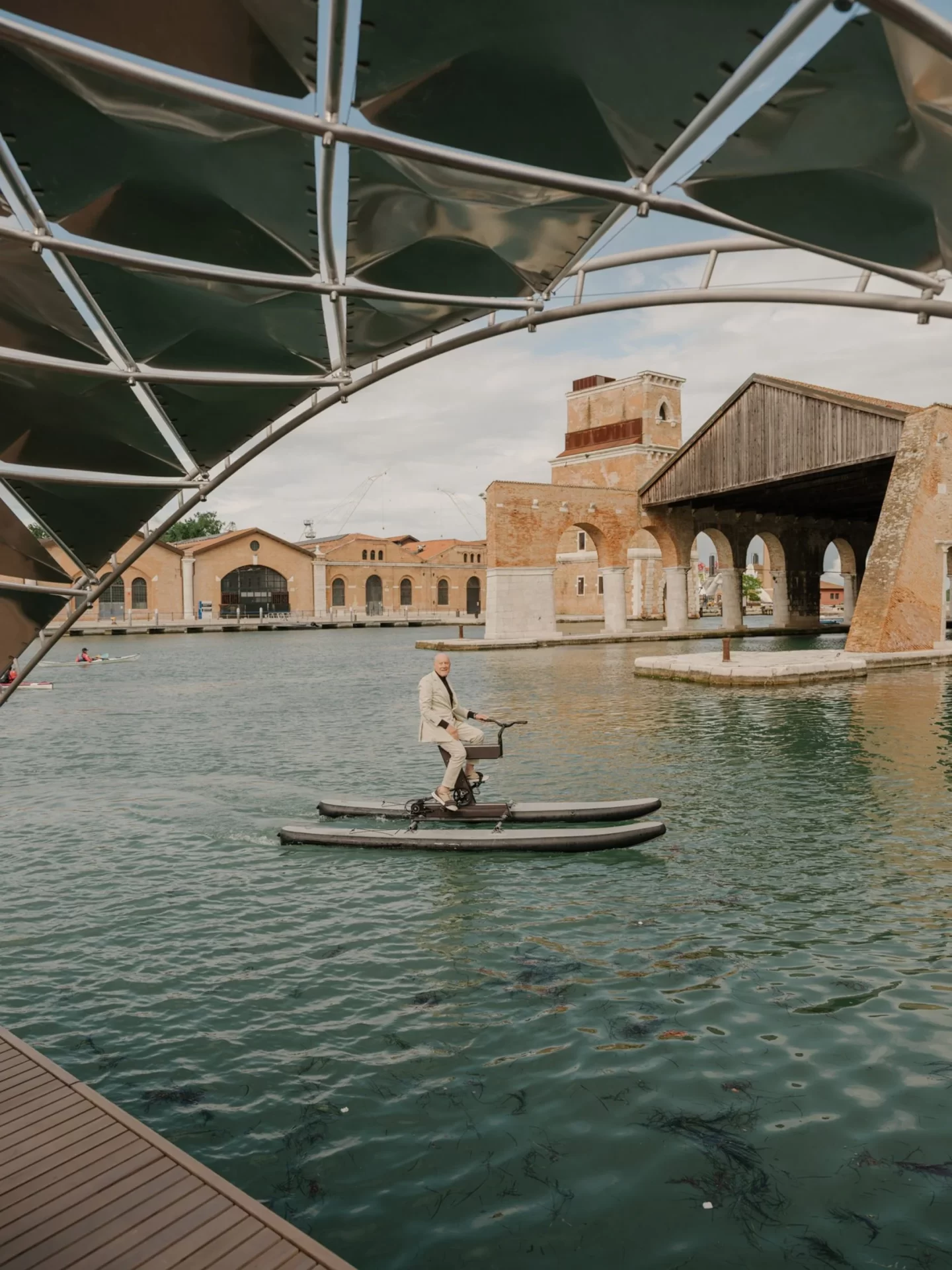
Inside the Spectacular Venice Architecture Biennale: A Journey Through Design Futures
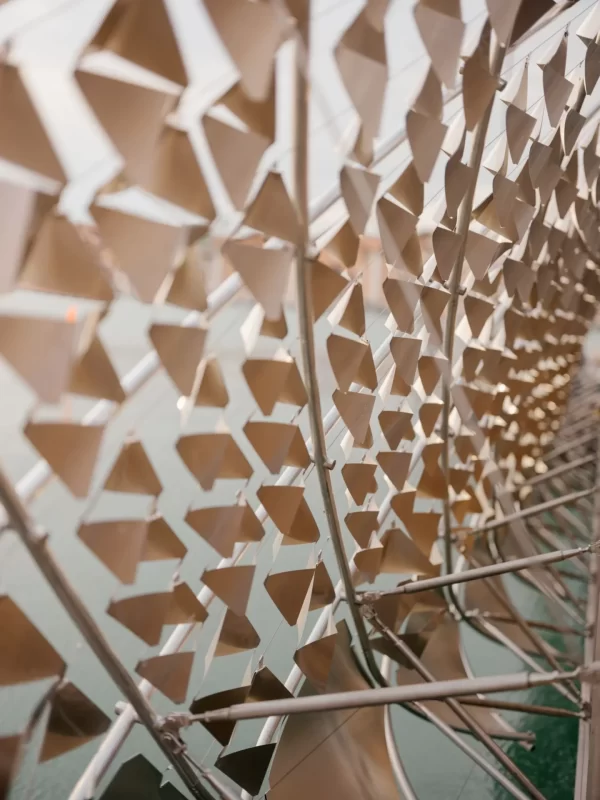
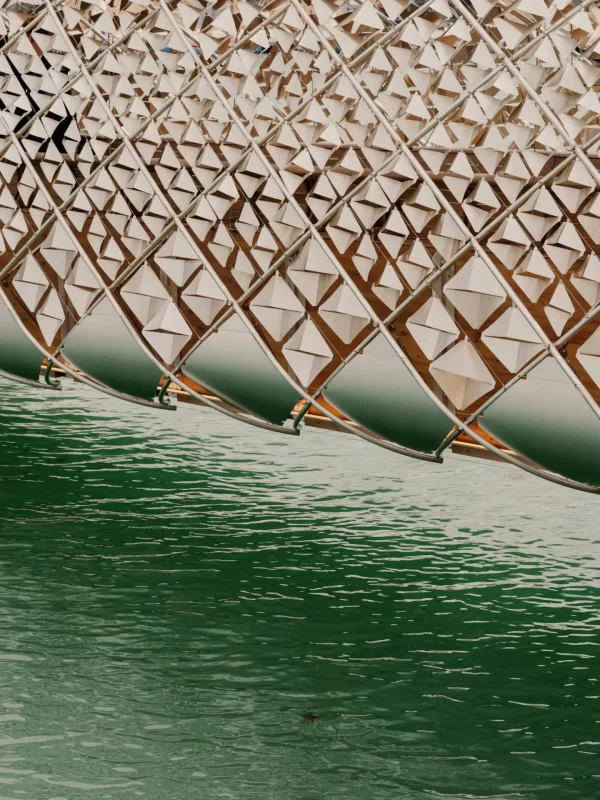

Venice Architecture Biennale: A City Transformed by Ideas
During the Venice Architecture Biennale, the city becomes more than a backdrop — it becomes an active participant in the architectural dialogue. From the historic Arsenale to the tree-lined Giardini and scattered palazzos across the lagoon, Venice turns into a living laboratory. Installations spill into courtyards, onto docks, and even across the water, weaving the Biennale’s themes into the city’s fabric. The boundaries between exhibition and experience dissolve, inviting visitors to see Venice not just as a heritage site, but as a platform for experimentation, provocation, and transformation.
Whether it’s stumbling upon a mirrored pavilion tucked between alleyways or encountering sound installations that blend with the lapping of the canals, the Biennale encourages new ways of sensing the city. Venice becomes spatially reconfigured — its familiar monuments recontextualized through contemporary provocations. This porous, site-responsive quality is what sets the Architecture Biennale apart from traditional exhibitions: the city itself is part of the work.
Venice Architecture Biennale: Origins and Evolution
The Venice Architecture Biennale was born in 1980 as a response to the growing need to address architectural ideas within a global cultural conversation. Unlike its older sibling, the Art Biennale (founded in 1895), the architecture edition started much later — yet it quickly developed a unique identity. Its inaugural theme, “The Presence of the Past,” curated by Paolo Portoghesi, famously introduced the Strada Novissima, a postmodern street installation inside the Corderie of the Arsenale that redefined how architecture could be exhibited.
Since then, each edition has tackled contemporary issues: from globalization to environmental crises, from digital futures to social housing. Over the decades, the Venice Architecture Biennale has become the most prestigious and provocative event in the field — not because it provides easy answers, but because it creates a space where architecture dares to ask difficult questions.
Redefining Architecture at the Venice Architecture Biennale 2025
The 2025 Venice Architecture Biennale is in full swing, running from May 10 to November 23, 2025. Curated by Carlo Ratti, this 19th edition is themed “Intelligens. Natural. Artificial. Collective.” It brings together over 750 participants across 66 national pavilions, exploring how architecture can adapt to and shape our rapidly evolving world.
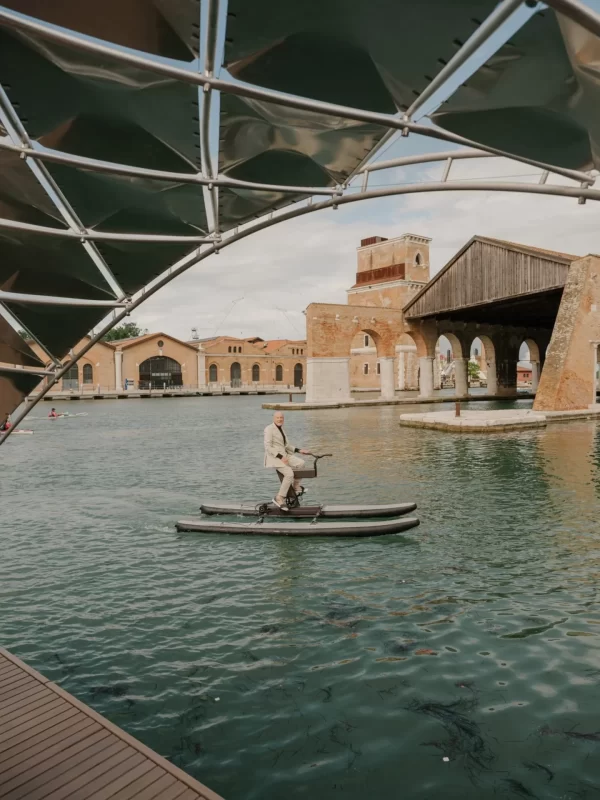
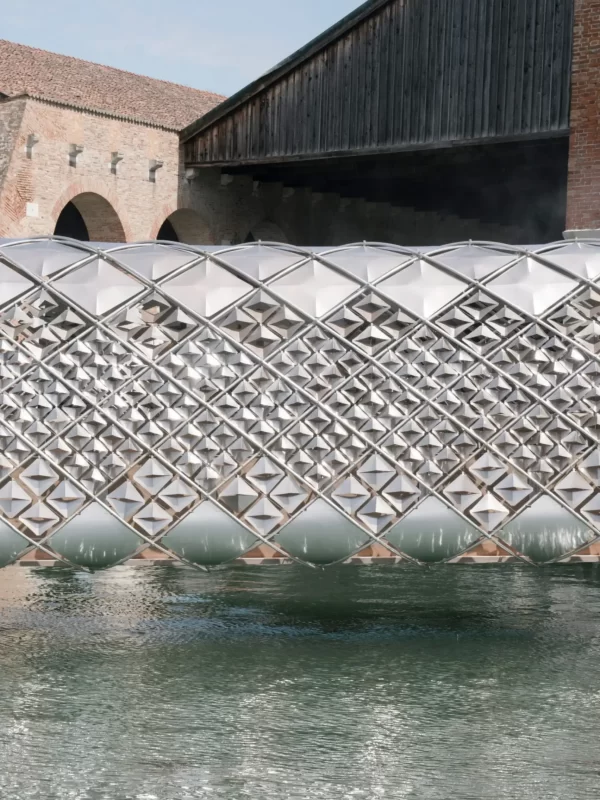
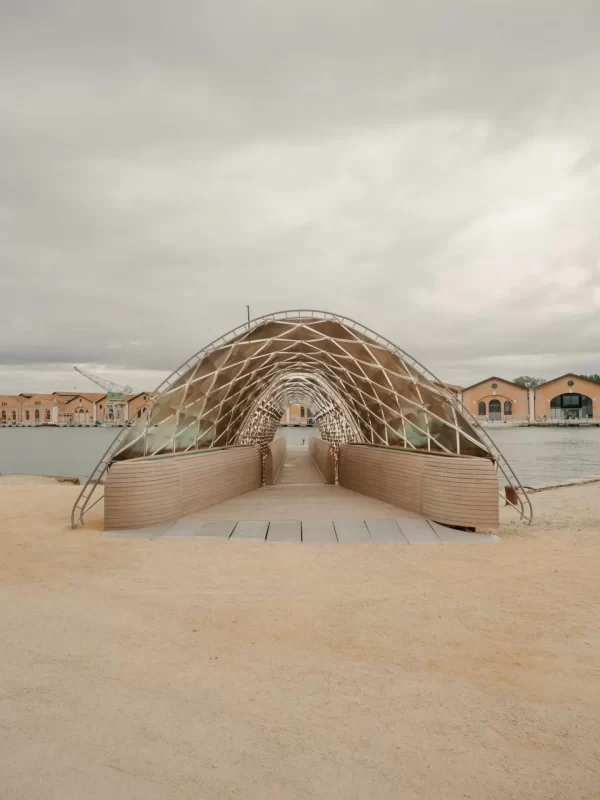
Venice Architecture Biennale: Intelligence in Architecture
Curated by architect and MIT professor Carlo Ratti, this 19th edition is titled “Intelligens. Natural. Artificial. Collective.” The theme dives deep into the intersections between human and machine intelligence, biological and synthetic materials, and individual and shared agency in design.
Instead of presenting architecture as a static solution, Ratti positions it as a living system, capable of learning, evolving, and responding to the needs of its context. The Venice Architecture Biennale becomes a testing ground for new ways of building — not just with concrete and steel, but with data, communities, and nature itself.
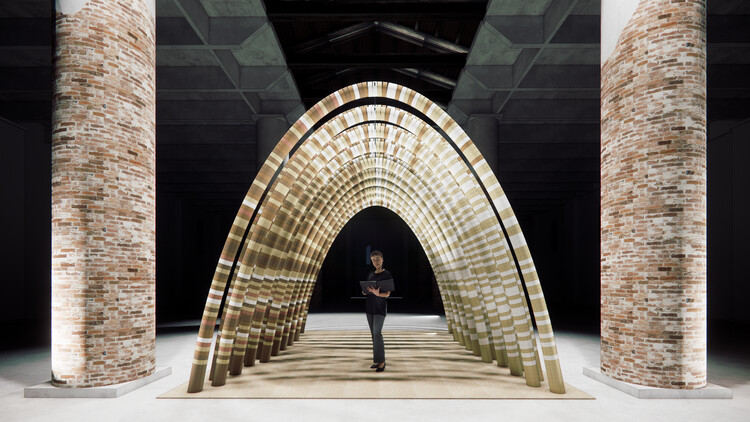
Venice Architecture Biennale: The Power of Installations
One of the standout installations outside the official pavilions is the shimmering Gateway created by the Norman Foster Foundation and Porsche. Suspended over Venice’s waterways, the structure is both sculpture and statement — a poetic response to the relationship between cities, water, and mobility. With its kinetic surfaces and subtle reflections, it reminds visitors that architecture, at its best, is as much about feeling as function.

Venice Architecture Biennale: Decentralising the Global Narrative
One of the most striking aspects of the 2025 Venice Architecture Biennale is its commitment to decentralising architectural discourse. For decades, the event was dominated by Western perspectives, but this year, the inclusion of first-time participants and underrepresented voices repositions the Biennale as a more plural and polyphonic platform.
Pavilions from countries like Qatar, Ethiopia, and Bangladesh offer visions rooted in context-specific challenges — from water scarcity and displacement to vernacular traditions and urban informality. Rather than presenting these as problems to be solved, the exhibitions celebrate local knowledge systems and material cultures as sources of architectural intelligence. It’s not about applying “global solutions” but about amplifying alternative frameworks for design, resilience, and belonging.
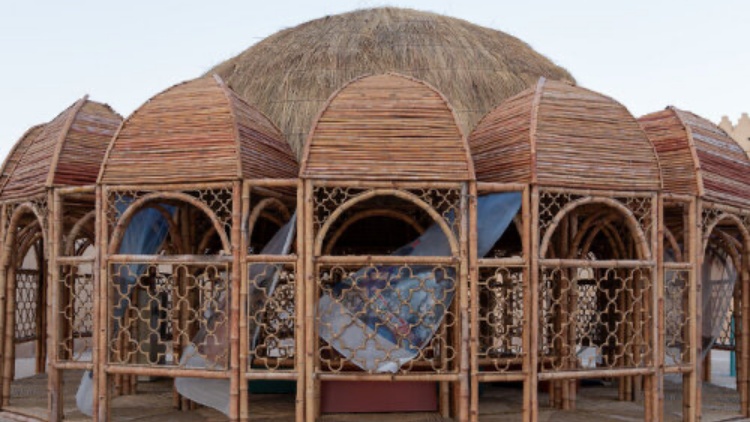
You might also like: Loro Piana x Dimoremilano at Milan Design Week 2025
Are you interested in finding more about Venice Architecture Biennale? Let us know!


